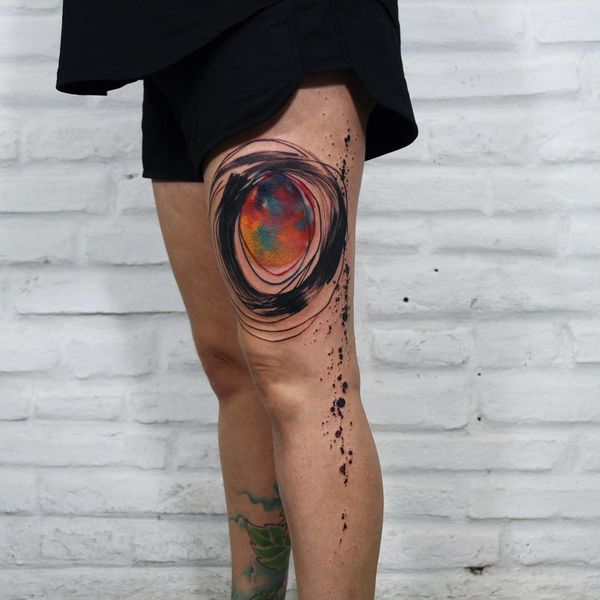
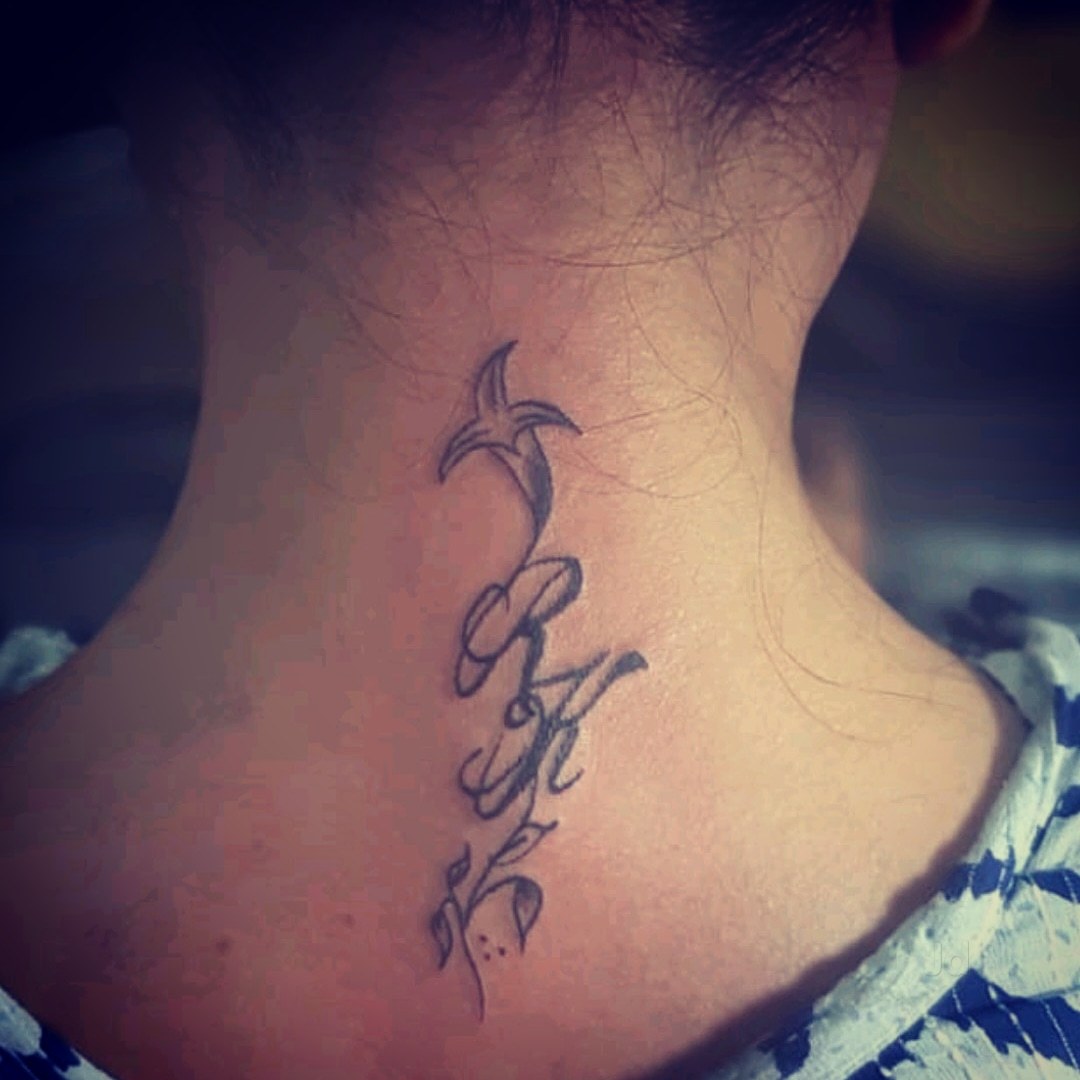
TATTOOING MAY NOT BE PAIN-FREE, BUT THERE ARE WAYS TO MINIMIZE ITS SEVERITY.
Location and tolerance level will significantly affect how much pain your tattoo causes. Some body parts are more sensitive than others due to thin skin or dense nerve endings, so this tattoo pain chart can help you determine where getting inked will hurt the most.
The Knee Ditch/Knee Area
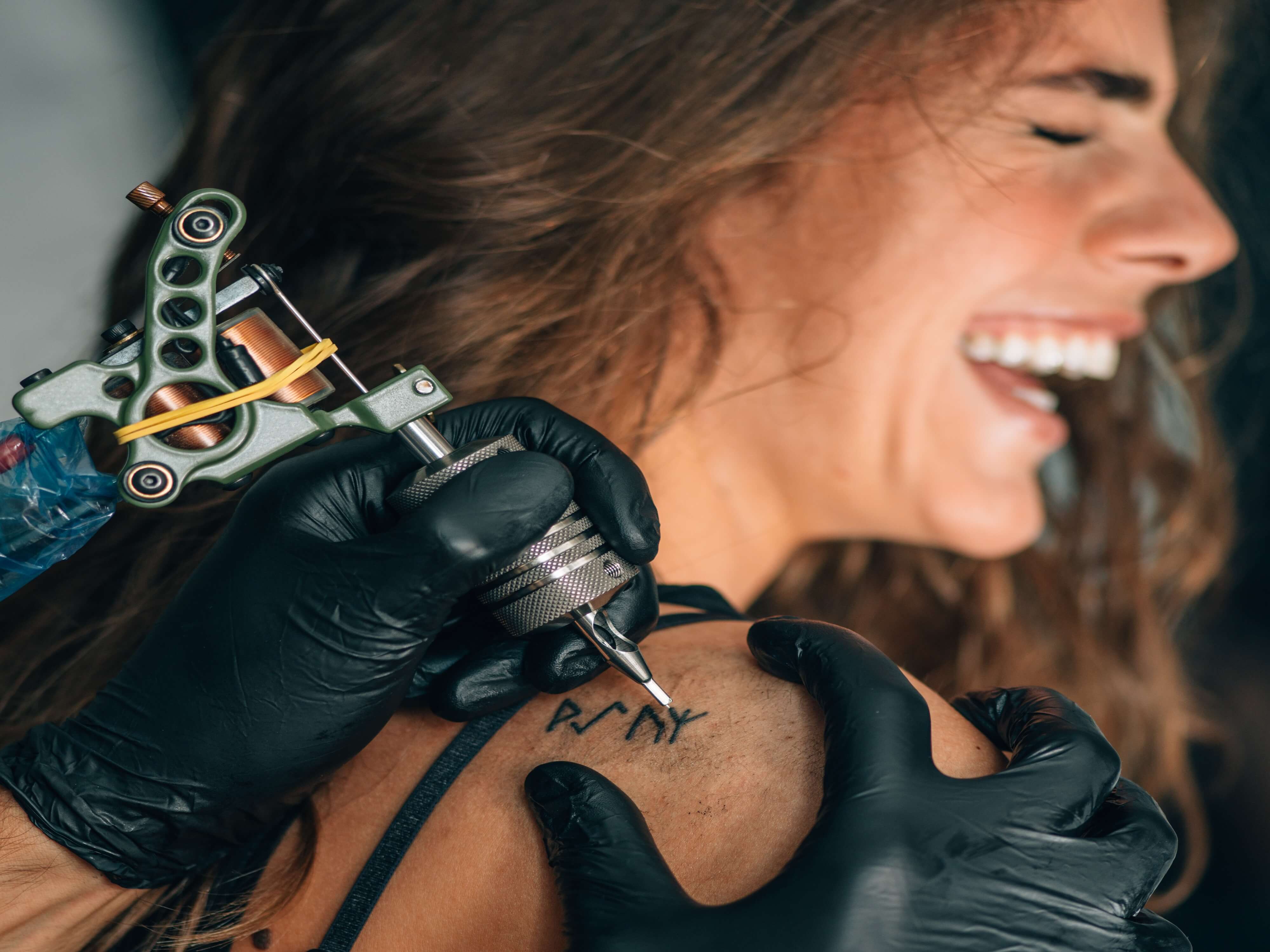
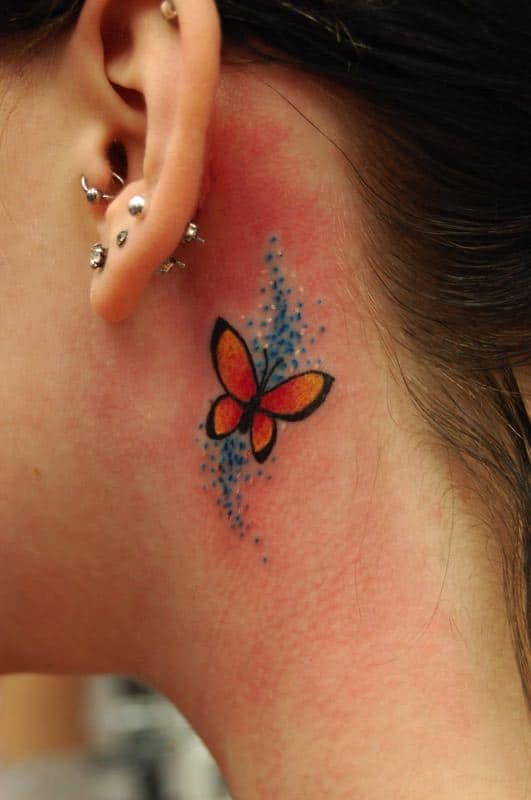
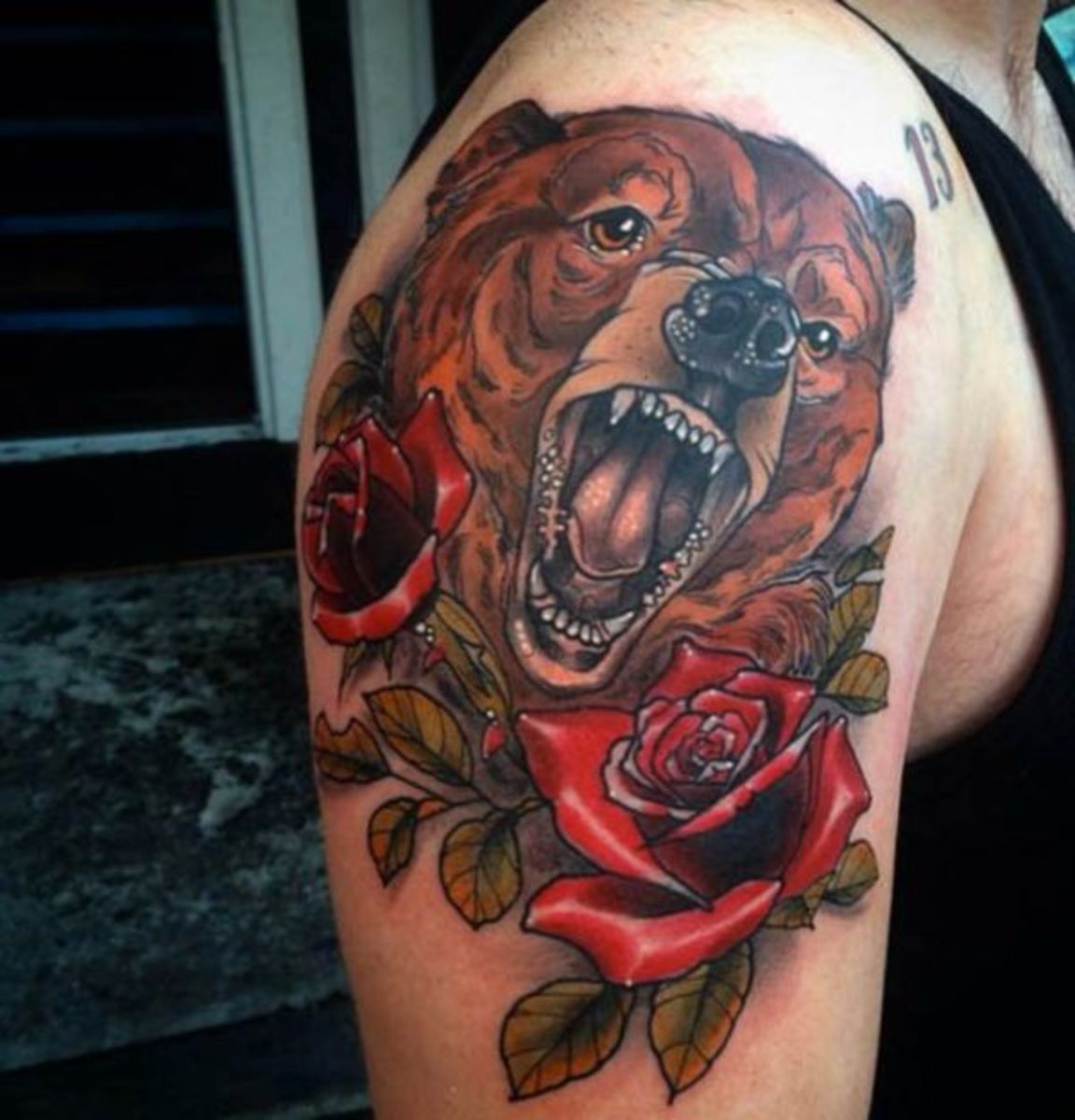
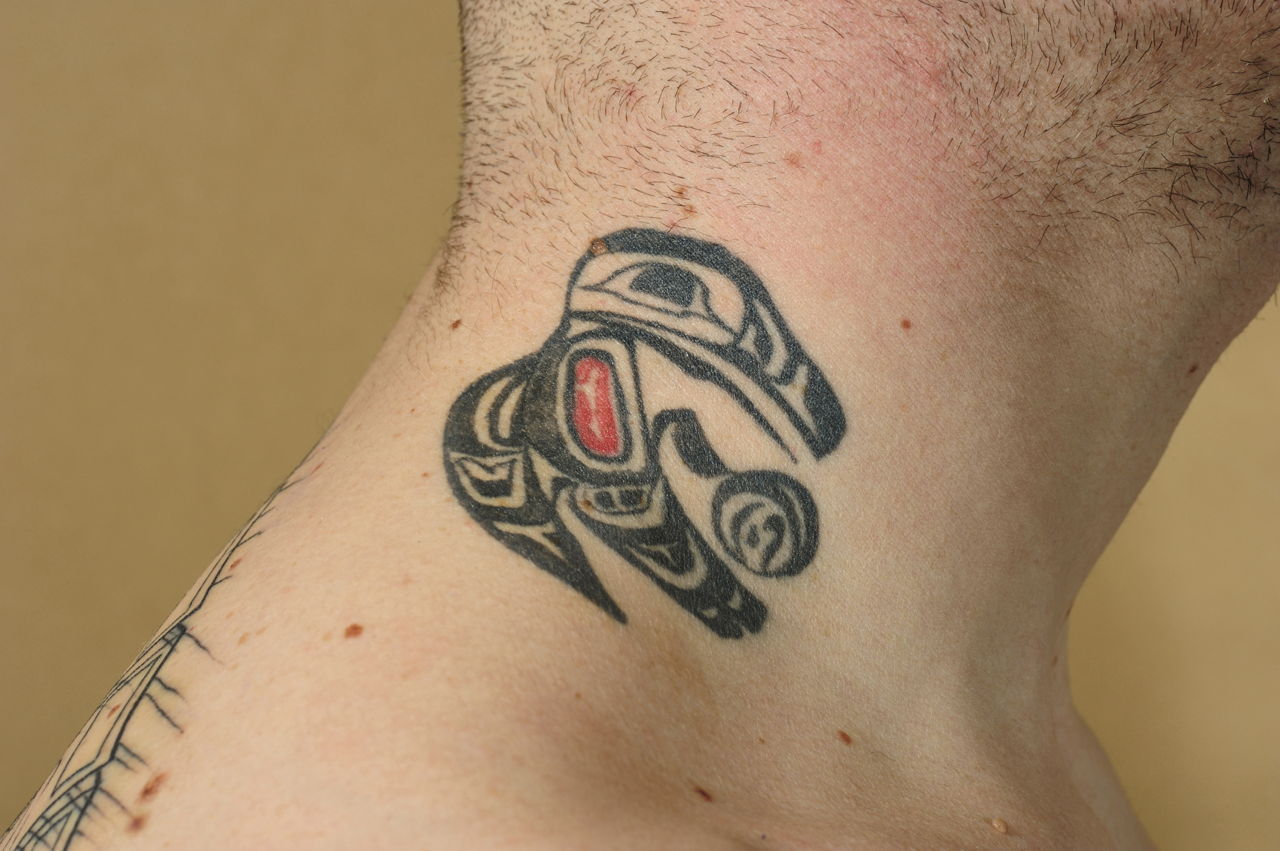
Ditch Tattoos (creases at the elbow and knee) rank highly on most people’s pain scales since two of three nerves running through this region run through it, and its bony texture elevates these spots to around nine or ten on most pain scales. Before your appointment, bringing along an anesthetic such as Lidocaine with you is a good idea to reduce pain by blocking nerve signals and reducing discomfort.
Tattoos on forearms and wrists tend to hurt less than those on elbows and knees, with outer bicep Tattoos typically producing low to low-moderate levels of pain due to being in an area without many nerve endings. On the other hand, inner elbow or back knee Tattoos may become more excruciating due to movement.
The Chest
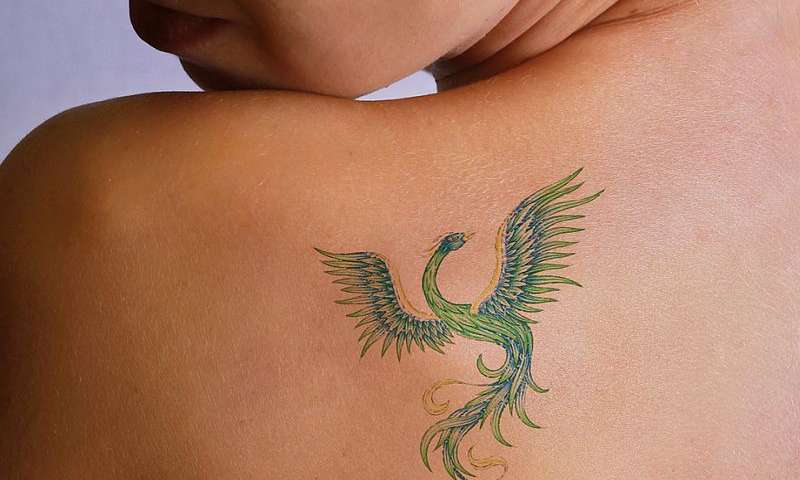
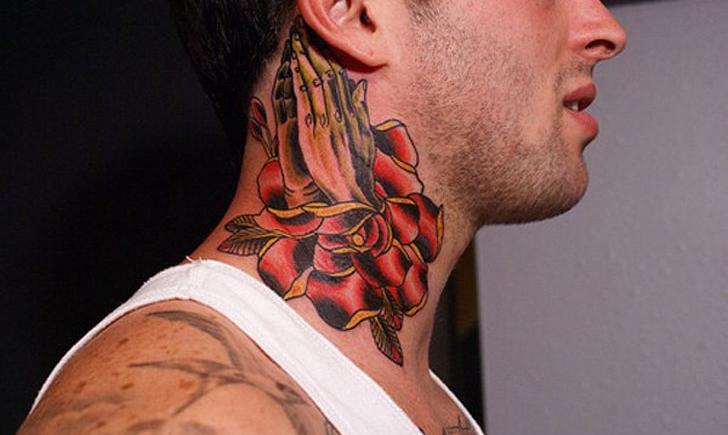
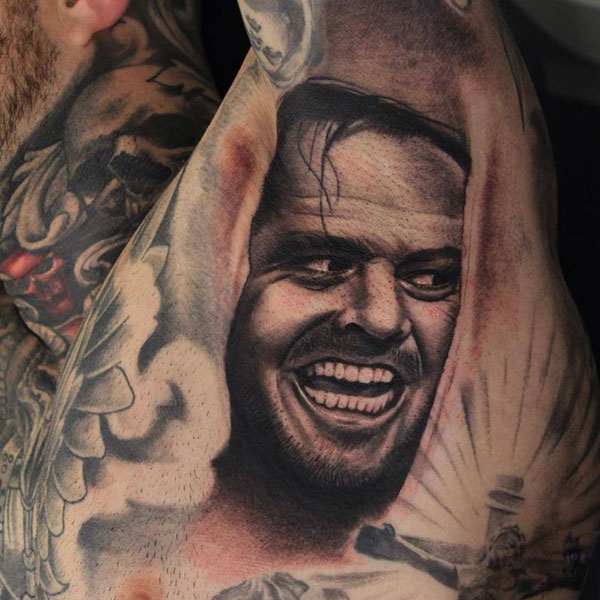
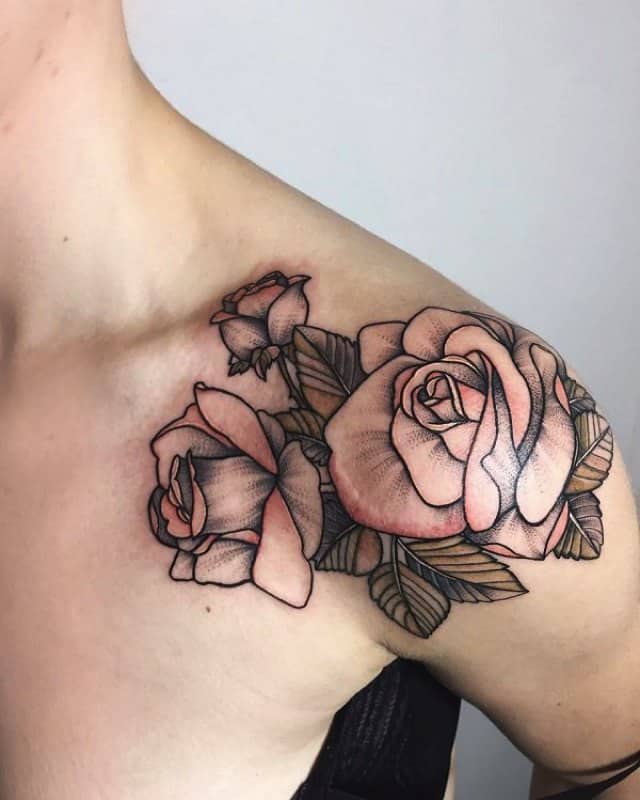
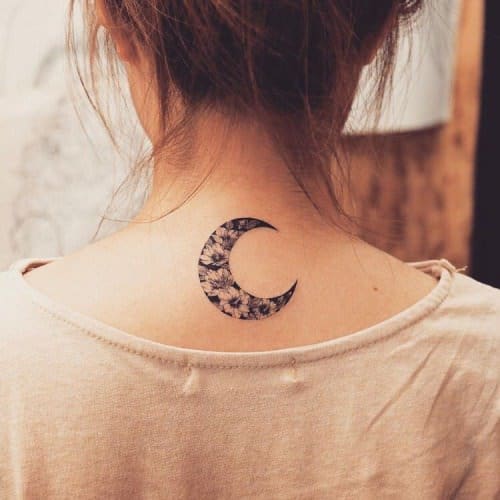
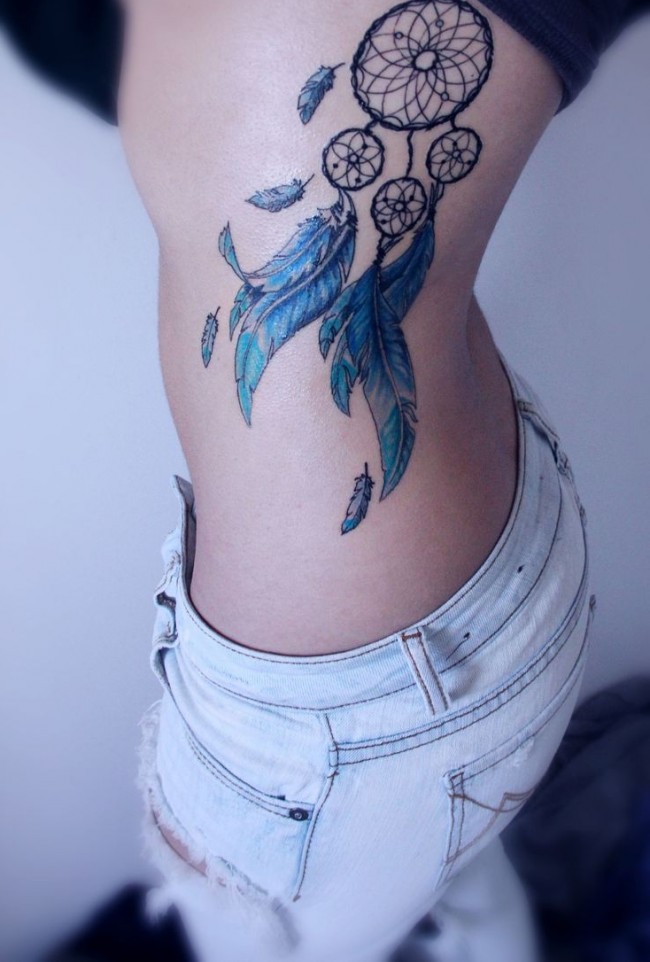
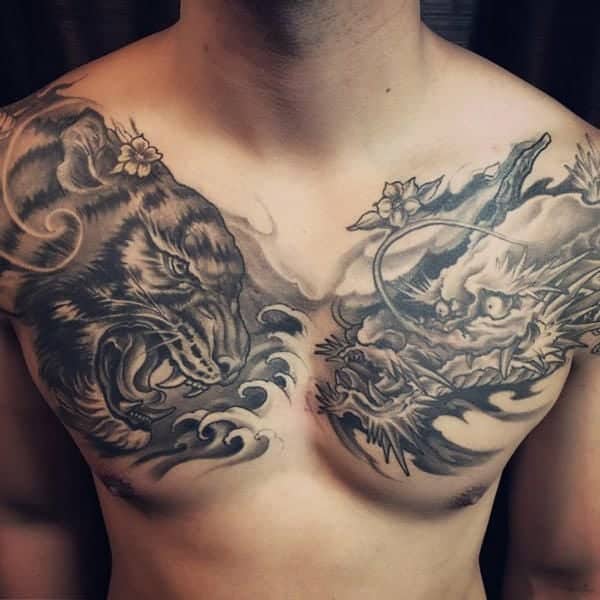

The chest area ranks highly on the pain scale due to thin skin and trim fat covering bony areas. Receiving a tattoo on either your collarbone or shoulder blade may cause excruciatingly intense pain as the needle travels directly over it for extended periods without providing any cushioning effect. Tattooing on the rib cage can be extremely painful. Being composed of bone with little fat padding, its movement while breathing intensifies the vibrational pain sensation.
The outer bicep is well-padded with muscle and has few nerve endings, making it one of the least painful places to get tattooed. Calves also boast ample amounts of fat and muscle without many nerve endings to cause pain when receiving ink.

